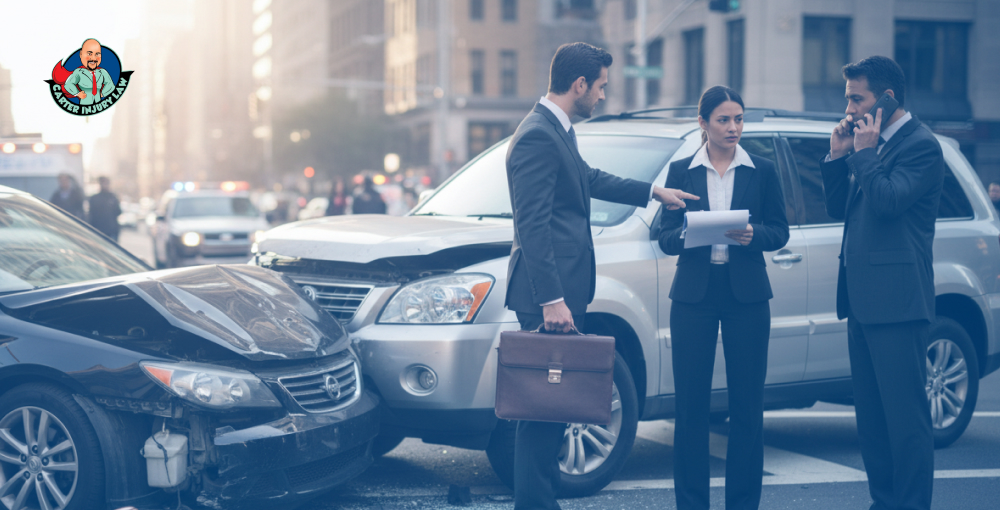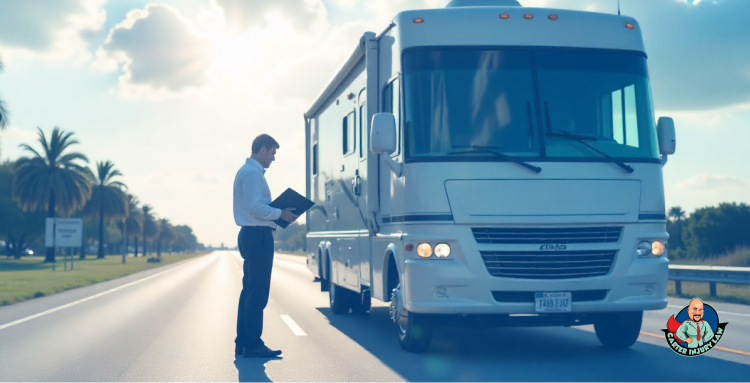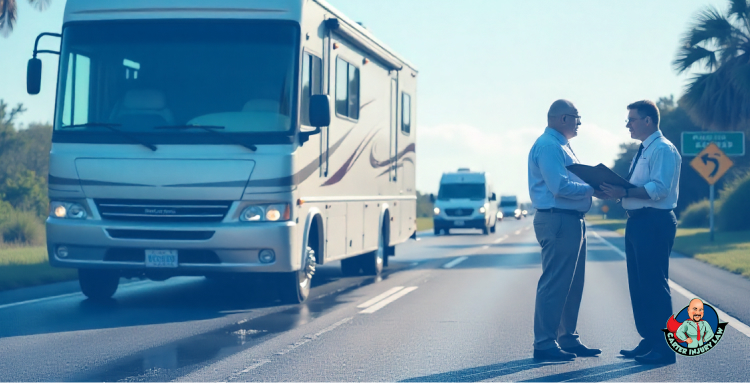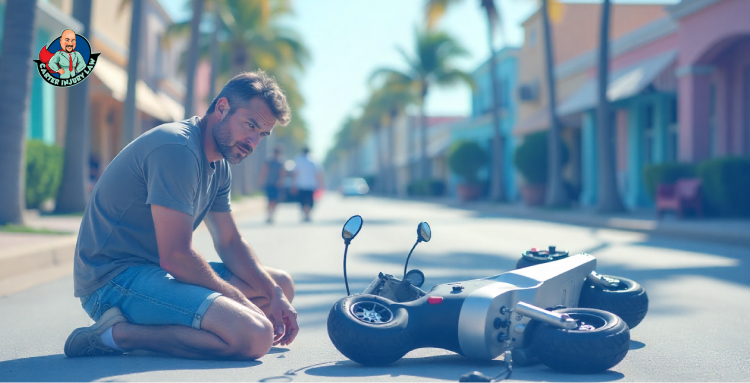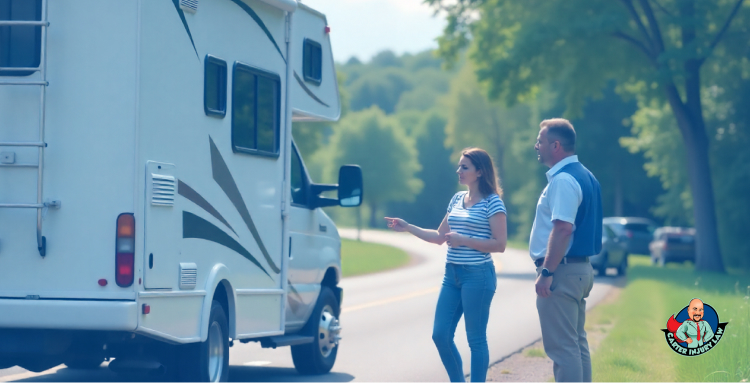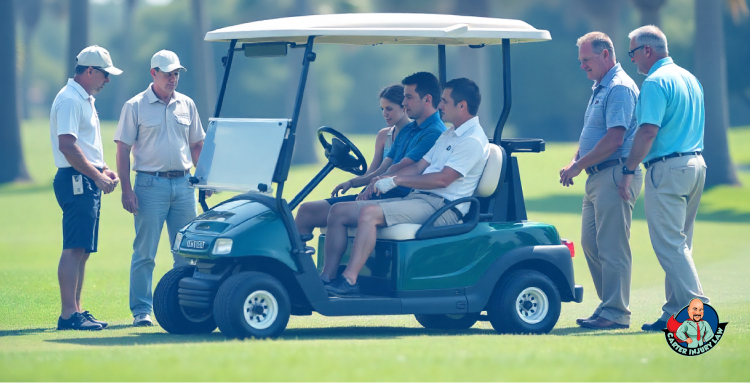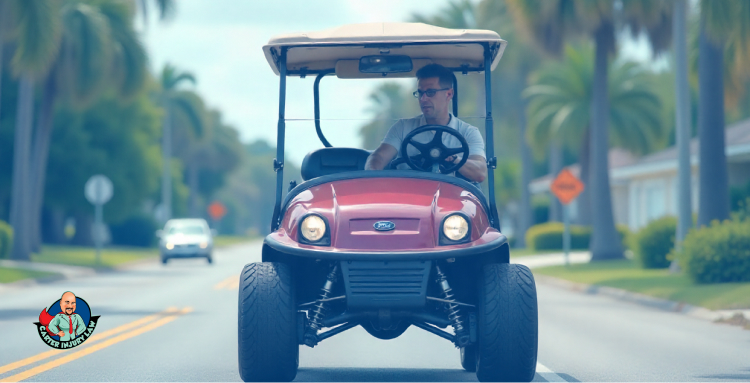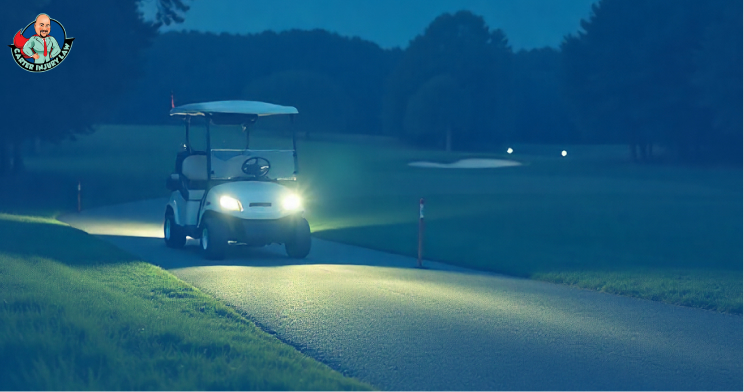
blog
June 4, 2025
Protecting Your Rights As a Cyclist - What to Do After an Accident
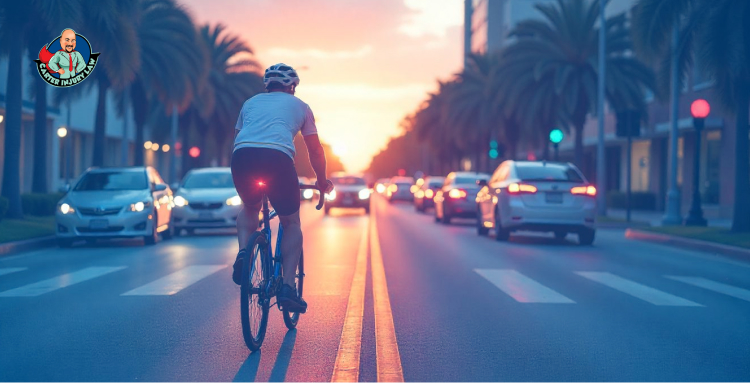
Even the most experienced cyclist can end up in trouble due to distracted drivers, rushed right turns, and narrow bike lanes that disappear just when you need them the most.
And in Florida, the stats don’t lie. Cycling accidents are more common and more serious than most riders think.
This isn’t meant to scare you. It’s meant to prepare you. Because once you understand the risks and your rights, you ride smarter. And if something goes wrong, you’ll know exactly what to do.
So let’s talk about it — the dangers, the steps to take, and the safety habits that just might save your life.
1) Florida's Streets Aren’t Built for Cyclists But You're Still Sharing Them
Let's be honest, Florida's roads were not designed with cyclists in mind. In cities such as Tampa, bike lanes frequently disappear without warning, intersections can feel like obstacle courses, and drivers may act as if they've never seen a bike before.
The infrastructure here leans heavily toward cars, leaving cyclists to deal with a variety of obstacles. Every ride requires increased awareness, from narrow lanes that cram you into traffic to intersections with limited visibility.
And the numbers back this up.
82% of bicyclist deaths occurred in urban areas.
Source — Insurance Institute for Highway Safety, 2022
This statistic underscores the risks cyclists face in urban settings like ours. It's a stark reminder that while we share the road, the playing field isn't level.
So, when you're out there, stay alert. Use bike lights, wear reflective gear, and always anticipate the unexpected. Your vigilance is your best defense on roads that weren't built with you in mind.
2) Most Accidents Involve Cars And They’re Often Avoidable
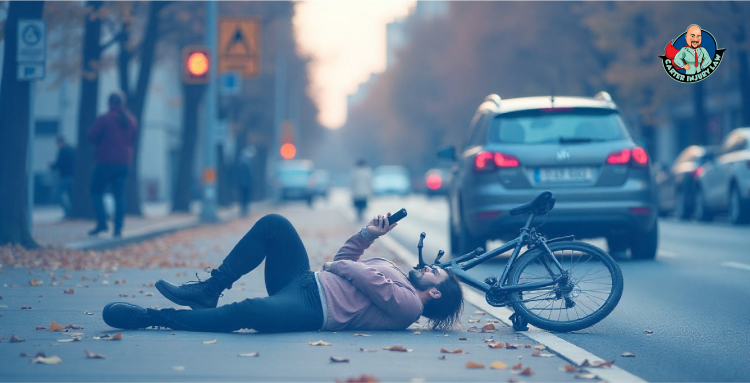
Let’s talk about the elephant in the room: cars. They're big, fast, and often oblivious to the presence of cyclists. In Florida, where urban sprawl meets congested traffic, this combination can be particularly hazardous.
Common scenarios? A driver makes an abrupt lane change without checking mirrors, or speeds through a turn without signaling. Sometimes, they simply don't see the cyclist until it's too late.
One of the most dangerous places for these interactions is at intersections.
27% of bicyclist deaths occur at intersections.
Source — Centers for Disease Control and Prevention, 2022
Intersections are complex environments where drivers are focused on other vehicles, traffic signals, and pedestrians. Cyclists can easily be overlooked, especially if they're not making their intentions clear.
So, what can you do?
Be Predictable: Ride in a straight line, signal your turns, and avoid sudden movements.
Stay Visible: Wear bright clothing during the day and reflective gear at night. Equip your bike with front and rear lights.
Make Eye Contact: Especially at intersections, ensure drivers see you before you proceed.
Avoid Blind Spots: Position yourself where drivers can see you, not tucked away beside large vehicles.
Remember, while you can't control the actions of drivers, you can take steps to make yourself more visible and predictable. These small actions can significantly reduce the risk of accidents.
3) Cyclist Mistakes That Lead to Serious Injuries
Let’s talk about the kind of mistakes that can turn a peaceful ride into a trip to the ER — or worse.
Riding Against Traffic
It might seem like riding against traffic gives you a better view of oncoming cars, but it's a dangerous misconception. Drivers aren't expecting cyclists to come from the opposite direction, which can lead to sudden and severe collisions.
Ignoring Stop Signs and Traffic Lights
Blowing through stop signs or red lights might save you a few seconds, but it's not worth the risk. Intersections are hotspots for accidents, and obeying traffic signals is crucial for your safety.
Wearing Headphones While Riding
Listening to music or podcasts can be enjoyable, but it significantly reduces your awareness. You need to hear the world around you — horns, sirens, or a car approaching from behind. Stay alert; your ears are as important as your eyes on the road.
Cycling Under the Influence
Alcohol impairs your judgment, balance, and reaction time — all essential for safe cycling. It's not just illegal; it's deadly.
Among bicyclists ages 16 and older who were killed in 2022, 21% had blood alcohol concentrations (BACs) at or above 0.08%.”
Source — Insurance Institute for Highway Safety, 2022
Remember, you've got to ride like they don't see you — because sometimes, they don't. Stay sober, stay alert, and stay alive.
4) Nighttime Riding? You're Nearly Invisible Without Lights

Riding your bike at night isn't just a peaceful experience; it's a high-stakes game of visibility. As daylight fades, so does your presence on the road.
The hours between 6 p.m. and 9 p.m. are particularly perilous.
21% of bicyclist deaths in 2022 occurred between 6 p.m. and 9 p.m.
Source— Insurance Institute for Highway Safety
This statistic underscores the importance of being seen.
So, how do you make yourself visible?
Front Light: A white light on the front of your bike ensures that oncoming traffic sees you.
Rear Light: A red light at the back alerts drivers approaching from behind.
Reflective Gear: Reflective tape on your pedals and clothing catches headlights, making you more noticeable.
Remember, visibility is about making yourself as conspicuous as possible. Wear bright clothing, use reflective accessories, and always assume that drivers can't see you.
5) The One Thing You Should Never Skip: A Helmet
Let’s talk about something that might not seem like a big deal until it is.
You wouldn't drive without a seatbelt, right? So why ride without a helmet?
It's not just about obeying the law; it's about protecting your most valuable asset—your brain.
Only 17% of fatally injured bicyclists were wearing helmets at the time of their crash.”
Source — Department of Transportation
That statistic isn't just a number; it's a wake-up call.
Think about it, a helmet can be the difference between a minor injury and a life-altering trauma. Even on short rides, accidents can happen in the blink of an eye.
So, before you hop on your bike, make sure your helmet is snug and secure. It's a simple step that can save your life.
Want to hear this straight from the source? Watch this quick video from Attorney David Carter
6) Accidents Still Happen; Here’s What to Do Right After
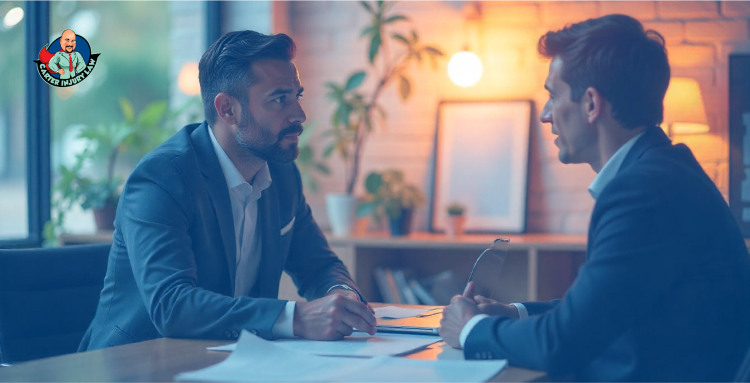
Even the most cautious cyclist can find themselves in an unexpected situation. When that happens, knowing the right steps to take can make all the difference.
Prioritize Safety
First and foremost, ensure you're out of harm's way. If you're able, move to a safe location away from traffic. Then, call 911 to report the incident and request medical assistance, even if injuries seem minor.
Document the Scene
Use your phone to take photos of the accident scene, your bicycle, any vehicles involved, and any visible injuries. Gather contact information from witnesses and note the time, location, and circumstances of the accident.
Mind Your Words
It's natural to feel shaken, but avoid making statements that could be interpreted as admitting fault. Stick to the facts when speaking with others at the scene and with law enforcement.
Only approximately 10% of all bicycle crashes are reported to the police.
Source— Accident Analysis & Prevention Journal
This statistic highlights the importance of reporting accidents, no matter how minor they may seem. What feels like a small incident now could have implications for your health and legal rights later.
Additional Relevant Blogs You May Find Useful:
Why Local Tampa Attorney is Vital for Winning Your Personal Injury Case
How Long Will Your Personal Injury Case Take? Carter Injury Law Reveals the Truth
When You Should Call an Attorney (and What We’ll Do for You)
Even the most seasoned cyclists can find themselves in unexpected situations. If you're involved in an accident, especially one involving injuries, vehicles, or insurance disputes, it's crucial to know when to seek legal assistance.
Accidents can be complex, and determining fault isn't always straightforward. If you've sustained injuries, if a vehicle was involved, or if you're facing resistance from insurance companies, it's time to consult an attorney. Legal professionals can help navigate the intricacies of your case, ensuring your rights are protected.
Adults between the ages of 55 to 59 have the highest death rates in bicycle accidents.”
Source — National Safety Council
This statistic underscores that experience doesn't make one invincible. Even seasoned riders are vulnerable, and legal support can be invaluable in the aftermath of an accident.
Our firm offers a free consultation to discuss your case. We operate on a contingency fee basis—meaning you don't pay unless we win your case. Our team will help you navigate insurance claims, manage medical bills, recover lost wages, and address other challenges that may arise.
Ride Smart, Stay Safe, Know Your Rights
Here’s the truth —we’d rather you never rely on our services. If every cyclist made it home safely, if every driver paid attention, if every street was built with bikes in mind — we wouldn’t have to have this conversation. But until that day comes, we ride with a little more caution, a little more awareness, and the knowledge that even doing everything right doesn’t guarantee a smooth ride.
And if something does go wrong — if you’re shaken, if you’re hurt, if someone tries to pin blame where it doesn’t belong —don’t go it alone.
We’re not here to judge. We’re not here to pressure you. We're here to help. To listen. To guide you through the mess and make sure you're not left carrying the weight of someone else’s mistake.
Recent posts
